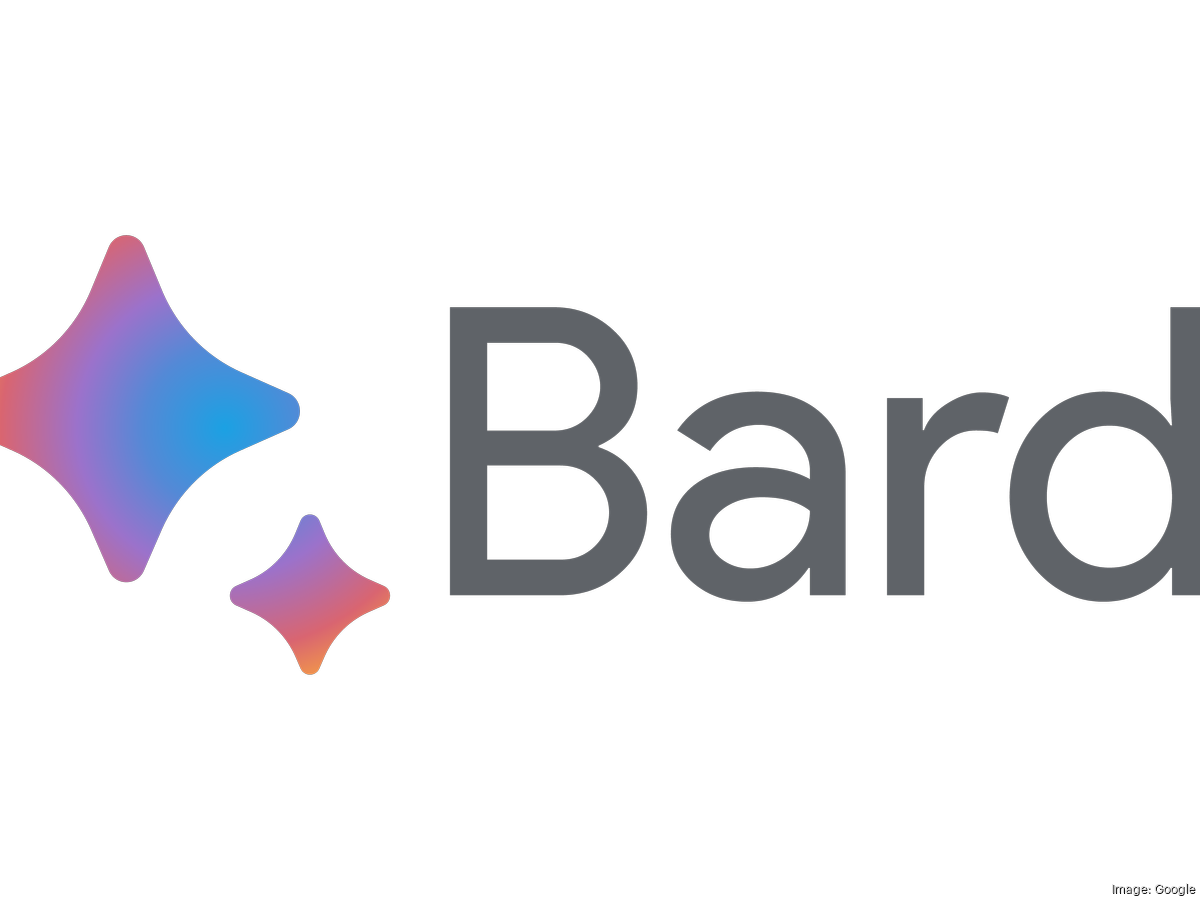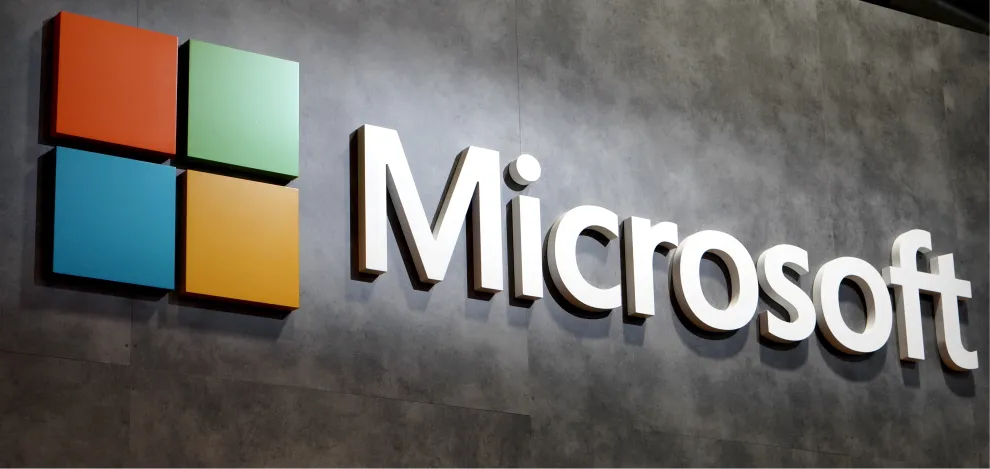Are you ready for lightning-fast internet speeds and greater connectivity than ever before? The arrival of 5G is poised to revolutionize the way we live, work, and communicate. But with different types of 5G networks emerging and a global race to roll out this technology, which countries will come out on top in the end? Join us as we explore the pros and cons of 5G, which countries are leading the charge in its development, and how this game-changing technology will shape our future. Get ready for a wild ride through the world of 5G!
What is 5G?
5G is the next generation of wireless network technology, offering faster speeds and lower latency than its predecessors. It promises to enable a wide range of applications, including autonomous vehicles, remote surgery, and virtual reality experiences.
But what sets 5G apart from previous generations? For one thing, it uses higher frequency radio waves that can carry more data at once. This means that networks will be able to support many more devices simultaneously without sacrificing speed or quality.
Another key feature of 5G is its low latency, which refers to the time it takes for devices to communicate with each other over a network. With 5G’s ultra-low latency, devices will be able to respond almost instantaneously – crucial in applications like gaming or industrial automation where even small delays can have significant consequences.
Overall, 5G represents a major leap forward in connectivity and has the potential to transform everything from healthcare to education. The race is on among countries around the world to develop and deploy this game-changing technology – but who will come out ahead in the end?
The Different Types of 5G
There are three different types of 5G that are being developed and rolled out across the globe. The first is known as low-band or sub-1GHz 5G, which offers only minor improvements over current 4G LTE speeds. However, it has a wider range and can penetrate obstacles such as buildings more easily.
The second type of 5G is mid-band, which operates on frequencies between 1GHz to 6GHz. This type provides faster download and upload speeds than low-band but still requires more cell towers to be installed closer together for optimal coverage.
The final type of 5G is high-band or millimeter-wave (mmWave) technology. This operates on much higher frequencies above 24 GHz and provides lightning-fast download speeds that have been measured up to several gigabits per second. However, mmWave signals struggle with penetrating walls or other physical barriers.
Each type of 5G has its own advantages and disadvantages depending on what you need from your wireless connection. It’s likely that we’ll see all three types used in different applications depending on their specific requirements in the future world of IoT devices, autonomous vehicles, smart cities etc..
Pros and Cons of 5G
5G technology is set to revolutionize the way we communicate and interact with our devices. As with any new technology, there are both pros and cons that come along with it.
One of the biggest advantages of 5G is its speed. It promises lightning-fast internet speeds which will enable us to download movies or stream videos in seconds. This means that buffering and lag time will become a thing of the past.
Another advantage is its low latency rate, meaning there will be minimal delay between sending and receiving data. This has major implications for industries such as healthcare where real-time remote surgery could be possible.
However, one disadvantage of 5G is its limited range compared to current cellular networks. To provide coverage for cities, many more cell towers would need to be installed which could lead to concerns over radiation exposure.
Additionally, implementing 5G infrastructure comes at a high cost which may ultimately get passed down to consumers through higher phone bills. There are also concerns around potential security risks associated with this new technology.
While there are certainly benefits that come along with 5G technology, it’s important to carefully consider all sides before embracing this next step forward in connectivity.
Which Countries are Winning the 5G Battle?
The race to become the leader in 5G technology has been heating up over the past few years, with countries around the world investing heavily in research and development. So, which countries are winning this battle?
South Korea is widely considered to be leading the pack when it comes to 5G deployment. The country’s largest telecoms operator launched its commercial 5G network back in April 2019 and has since expanded coverage across major cities such as Seoul, Busan and Daegu.
China is another country that is making significant strides in the area of 5G technology. In November last year, Chinese telecom giants China Unicom, China Mobile and China Telecom all rolled out their respective 5G networks for public use.
The United States is also a strong contender when it comes to developing and deploying 5G networks. American telecom companies have invested billions of dollars into building infrastructure for next-generation wireless services.
Other countries making headway include Japan, Germany and Finland – all of which have launched their own commercial 5G networks within recent months.
It’s clear that there isn’t one clear winner at this point – many countries are moving quickly toward adopting widespread use of this new technology. However, only time will tell which country will truly come out on top in the end!
How 5G Will Change the Future
The arrival of 5G is set to revolutionize the way we live, work and communicate. With faster speeds, greater bandwidths and lower latency, it will bring about a host of new opportunities and innovations that were once only imaginable.
One area where 5G is expected to have a major impact is in the realm of augmented reality (AR) and virtual reality (VR). These technologies have been around for some time but have always been held back by slow network speeds. With 5G, however, AR/VR experiences will become much more immersive and realistic.
Another area where 5G could make a big difference is in healthcare. Remote consultations and surgeries could become more common thanks to the low latency provided by 5G networks. This can be especially useful for patients who live far from medical facilities or are unable to travel due to their condition.
The entertainment industry stands to benefit greatly from 5G as well. Streaming services such as Netflix and Amazon Prime Video are already hugely popular, but with higher quality video streaming capabilities enabled by 5G networks, the viewing experience will be even better.
Smart cities are set to take off with the introduction of 5G technology. Traffic management systems will be able to respond in real-time based on data gathered through sensors throughout the city. Emergency services can also leverage this information in order to quickly respond during crises.
In short, while there’s still much debate over which country might ultimately win out when it comes to implementing widespread use of 5G technology – one thing remains clear: its transformative power across multiple sectors has yet untold potential ramifications into our day-to-day lives
Conclusion
The race for 5G dominance is well underway and countries around the world are investing billions to be at the forefront of this technological revolution. While some nations have made significant progress in rolling out their networks, others are still catching up.
One thing is clear: 5G has the potential to change our lives forever. From faster download speeds to improved security and more efficient communication systems, this new technology will have a huge impact on society.
As we move forward into a world powered by 5G, it’s important that we continue to invest in research and development while also ensuring that these advanced networks are secure from cyber attacks. With proper planning and execution, we can all benefit from the incredible possibilities offered by this exciting new technology.









